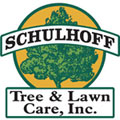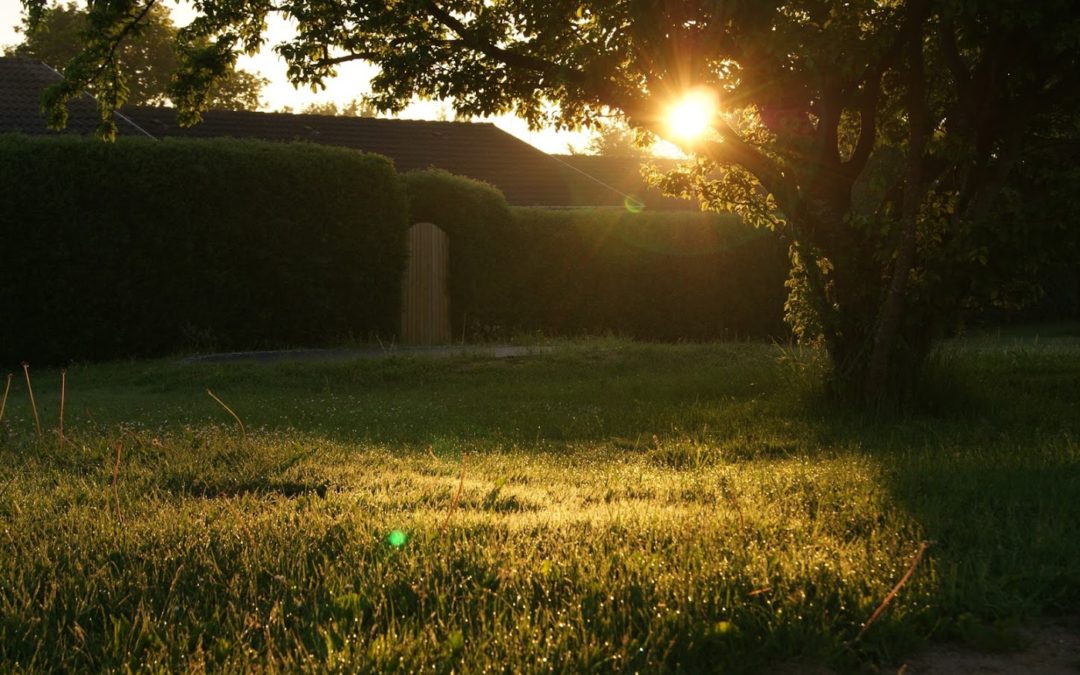Should your tree be treated with an injection? This modern method of helping a tree thrive has many benefits, but many property owners are likely unfamiliar with it. To help you decide if injection is the right course for your own trees, here are a few answers to common tree injection questions.
Why are Trees Injected?
In humans, an injection is often the fastest route to deliver certain medications or treatments. Swallowing a pill or using a topical medication requires time for that medicine to reach the bloodstream where it is carried throughout the body. You are limited as to how much of a medicine can be given through these means as well. But an injection takes effect quickly and can be given in larger amounts.
Similarly, tree injections directly deliver treatment to the tree’s vascular system for a variety of problems that need a rapid or large-scale response. This includes treatment for pest infestations like the Emerald Ash Borer or Hemlock Woolly Adelgid as well as many diseases and fungus problems.
An arborist might also regularly inject a tree with helpful nutrients as a preventative measure. This could help a tree that isn’t getting everything it needs from the soil in which it’s planted. Or, if you need a faster response, injection could speed up the restoration of a struggling tree.
Why Should You Choose Injection?
Injection is just one method of treating a tree, but it has some unique benefits. Because the chemicals or nutrients are placed directly into the trunk, landscape around the tree is unaffected. If working with anything that could be harmful to pets, wildlife, other plants, or children, it is often a safer route. And the more careful use of chemicals and nutrients also means it can be a very cost-effective method.
Injection also allows an arborist to fine tune the combinations and ingredients needed to treat each particular tree. Whether it’s a proactive fertilizer injection or aggressive treatment for Dutch Elm disease, this targeted method will benefit each tree to its fullest regardless of what surrounding trees need.
How are Trees Injected?
Arborists have developed several methods by which a tree can be given an injection. Regular injection tools include high-pressure, low-pressure, and no-pressure delivery systems.
The slowest, no-pressure systems, use gravity as the delivery device. Low-pressure systems are more common, utilizing capsules and plungers that push liquid into the tree but without the danger of embolisms. High-pressure delivery are sometimes necessary when the tree’s makeup might cause other methods to fail or where the treatment must reach a certain spot. They can also reach deeper into the tree.
Your arborist might also use an infusion, which consists of several holes drilled into the trunk through which a large amount of liquid is inserted through tubing from a central container. Large trees might be able to receive up to 50 gallons of treatment in the most effective way possible using this method.
Where Can You Learn More?
Do you think that an injection or infusion might help your trees overcome a stubborn problem? If so, start by consulting with an experienced tree service in your area. Injections are complex tools, so the wrong method could cause damage to the trunk or bark. Incorrect use of injections might also simply not work, wasting your money and failing to help the tree.
At Schulhoff Tree & Lawn Care, Inc, we have helped protect and promote Colorado trees for more than 80 years. Using modern technology like injectors, we can even help trees that are in great danger. Call today to make an appointment with an experience tree professional.

